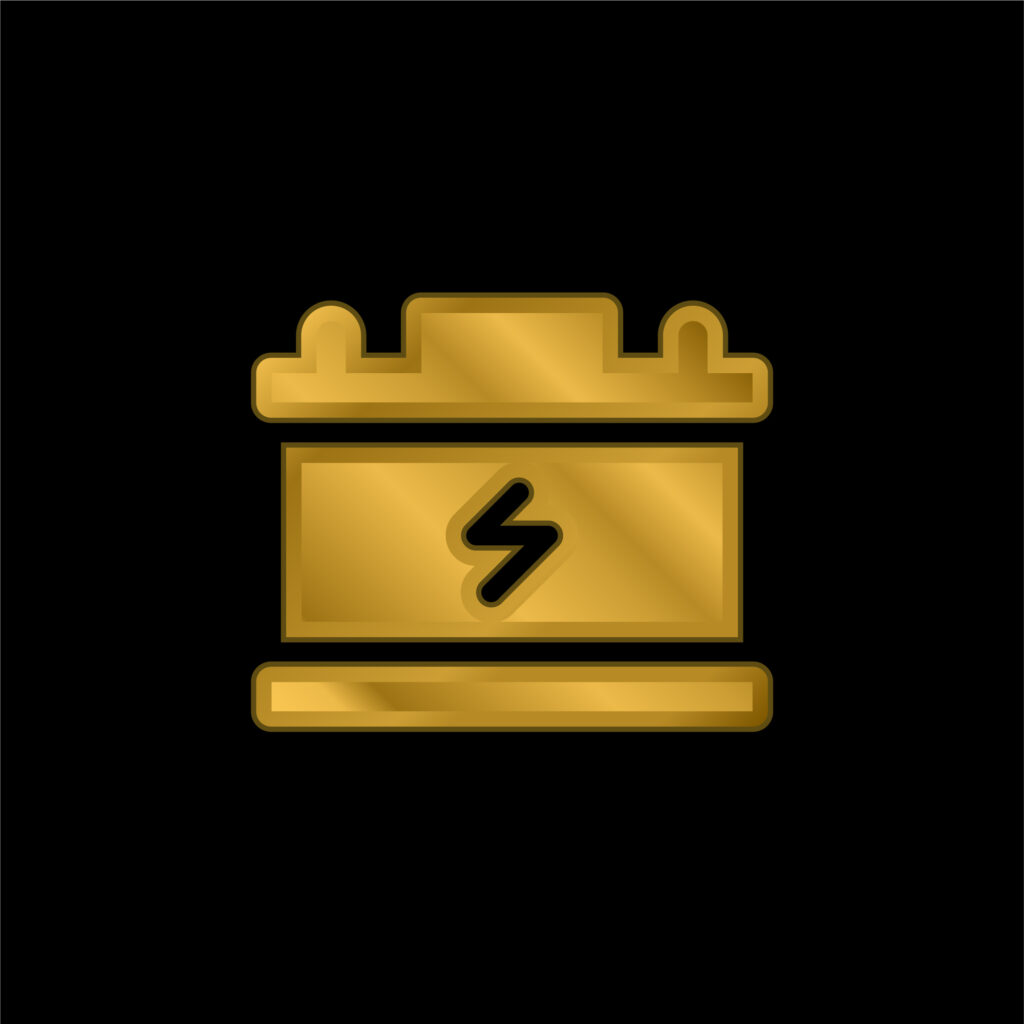Welcome to our blog about the surprising treasure hiding inside batteries: gold! You might be wondering, “How is it possible that there’s gold in batteries?” Well, the answer lies in the different types of batteries that exist.
Here Is How Batteries Do Include Gold
From common household batteries to the ones used in electric vehicles, each type contains various precious metals like gold, silver, and copper that can be extracted and recycled. This is the short answer, if you want to know more then read on!
In this blog, we’ll explore the different types of batteries that contain gold and how the recycling process can help reduce the environmental impact of these valuable metals. It is amazing that you can find gold inside batteries.

Do Batteries Hold Real Gold In Them?
Yes, some types of batteries contain small amounts of real gold in them. However, it’s important to note that the amount of gold in batteries is relatively small compared to other sources of gold such as mining.
Additionally, the gold in batteries is not in the form of pure gold but rather as a compound with other metals, so extracting the gold from batteries requires a specialized recycling process.
The types of batteries that commonly contain gold include lithium-ion batteries and electric vehicle batteries. Gold is used in these batteries as a component of the electrical contacts that help conduct electricity within the battery.
While the amount of gold in each individual battery is very small, the sheer number of batteries that are discarded each year makes battery recycling an important source of gold and other valuable metals. By recycling batteries, we can recover these metals and reduce the demand for new mining, which can have significant environmental impacts.
Batteries that include gold are:
Lithium-ore batteries
Lithium-ion batteries are a battery commonly used in all every day devices including phones, ipads and electric vehicles. While lithium-ion batteries do not contain a significant amount of gold, they do contain small amounts of other precious metals, including gold.
The gold in lithium-ion batteries is typically present in the electrical contacts or connectors, which are used to help conduct electricity within the battery. These contacts are usually made of a base metal, such as copper or nickel, that is coated with a thin layer of gold. While the amount of gold in each individual contact is very small, the sheer number of contacts in a large battery pack can add up to a significant amount of gold.
To remove the gold from lithium-ion batteries, a specialized recycling process is used. The process typically involves crushing or shredding the batteries to break them down into smaller pieces. The pieces are then treated with chemicals to dissolve the metals and separate them from other materials.
The resulting slurry of metal particles is then treated with additional chemicals to separate the gold from the other metals. This process typically involves the use of acid and other chemicals to dissolve the gold and leave it in a solution. The solution is then filtered to remove impurities and treated with other chemicals to precipitate the gold out of the solution.
Once the gold has been separated from the other metals, it can be further refined to produce pure gold. While the process of extracting gold from lithium-ion batteries can be complex and expensive, it is an important source of recycled gold that can reduce the need for new mining and help preserve natural resources. Additionally, recycling lithium-ion batteries can help prevent valuable metals from ending up in landfills, where they can leach into the soil and water and potentially harm the environment.
Electric Car Batteries
Yes, some electric car batteries contain small amounts of gold, but the amount of gold present in electric car batteries is relatively low compared to other sources of gold.
The gold in electric car batteries is typically present in the electrical contacts or connectors, which are used to help conduct electricity within the battery. These contacts are usually made of a base metal, such as copper or nickel, that is coated with a thin layer of gold. While the amount of gold in each individual contact is very small, the sheer number of contacts in a large battery pack can add up to a significant amount of gold.
The amount of gold in an electric car battery will depend on the type and size of the battery. For example, a typical lithium-ion battery used in an electric car may contain only a few grams of gold, whereas a large battery pack used in a commercial electric vehicle may contain several kilograms of gold.
Recycling electric car batteries is becoming increasingly important as the demand for electric vehicles grows, and recycling them can help recover valuable metals like gold. The recycling process for electric car batteries typically involves shredding the batteries to break them down into smaller pieces, followed by a chemical treatment process to separate the metals. The separated metals, including gold, can then be further refined and reused in the manufacturing of new batteries or other products.
How To Remove Gold From A Battery
Here is how to remove gold from a battery:
1. The battery is first broken down into smaller pieces by crushing or shredding it.
2. The pieces of the battery are then treated with chemicals to dissolve the metals and separate them from other materials.
3. The resulting slurry of metal particles is then treated with additional chemicals to separate the gold from the other metals.
4. This process typically involves the use of acid and other chemicals to dissolve the gold and leave it in a solution.
5. The solution is then filtered to remove impurities and treated with other chemicals to precipitate the gold out of the solution.
6. Once the gold has been separated from the other metals, it can be further refined to produce pure gold.
Please Note: It is important to note that the process of removing gold from a battery is complex and requires specialized equipment and expertise.
Therefore, it is not recommended to try to remove gold from a battery at home as it can be dangerous and potentially harmful to the environment.
It is important to recycle batteries through a reputable recycling company that has the appropriate equipment and expertise to safely extract valuable metals like gold.
Who Is The Best Person To Remove Gold From A Battery?
Removing gold from a battery requires specialized knowledge, equipment, and safety protocols. Therefore, the best person to remove gold from a battery is a professional who specializes in battery recycling and metal extraction.
These professionals typically work for specialized recycling companies that have the expertise and resources to safely and efficiently extract valuable metals like gold from batteries. They have the necessary equipment and safety protocols to handle the chemicals and potentially hazardous materials involved in the process.
It is important to work with a reputable recycling company that follows environmental regulations and safety standards to ensure that the gold is extracted in a safe and sustainable manner. By working with a professional, you can ensure that the gold is extracted in a responsible way and that the environment is protected.

